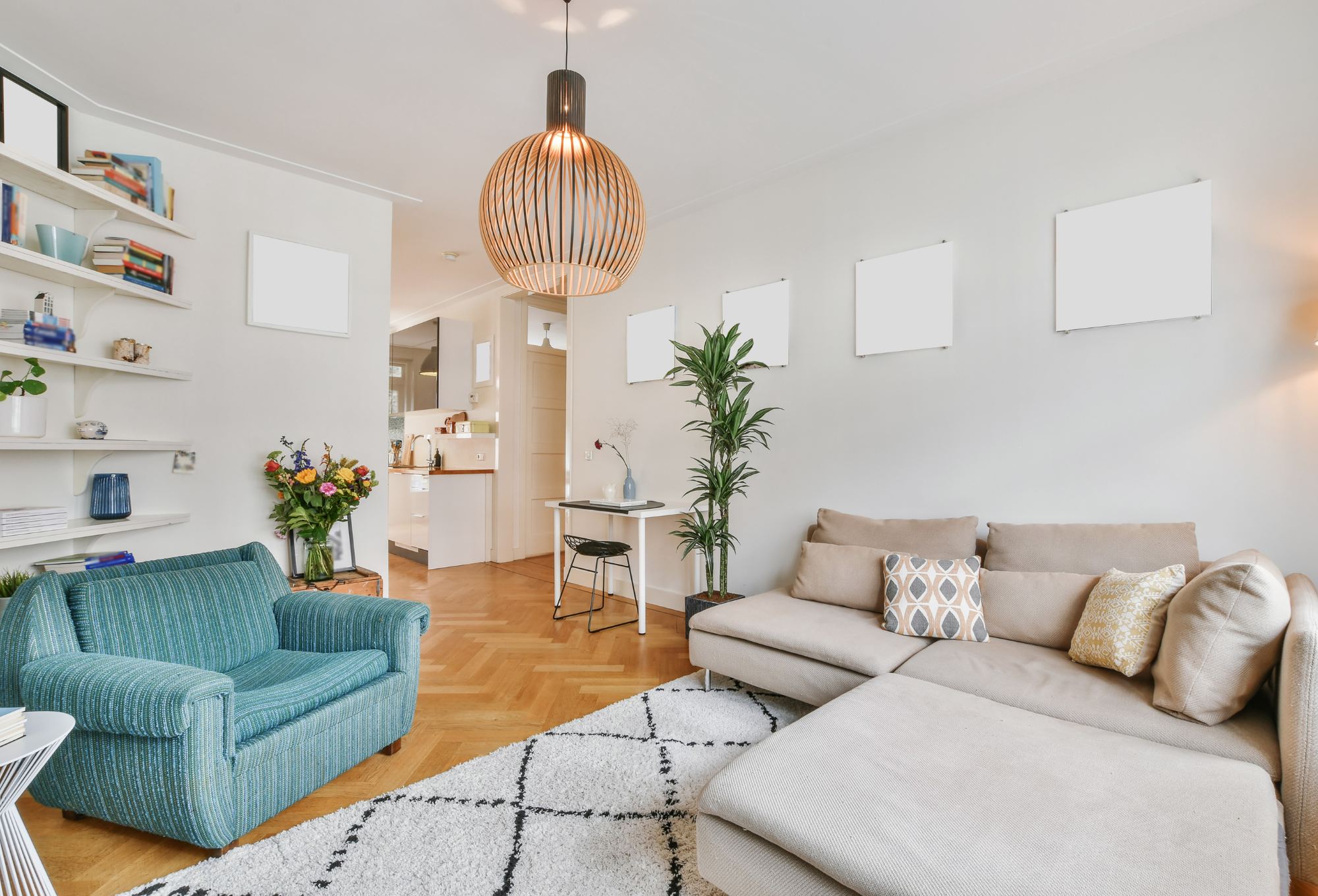When deciding to rent out a property, one of the first decisions is choosing between a furnished or unfurnished rental. Each option has its advantages and disadvantages in terms of taxation, profitability, and legal obligations. This comparison will help you make an informed decision.
1. Tax Advantages
- Furnished Rental: Landlords who rent out furnished properties often benefit from the tax regime for Non-Professional Furnished Rental (LMNP). This regime allows:
- Depreciation deductions for the property and furniture, significantly reducing the tax on rental income.
- The option to choose the micro-BIC (Industrial and Commercial Profits) regime, offering a 50% flat-rate deduction on rental income.
- A tax exemption for renting out the primary residence under certain conditions (limited rental duration and rent ceiling).
- Unfurnished Rental: Income from unfurnished rentals is subject to the property income regime, with two main options:
- The micro-property regime: applicable if annual property income is less than €15,000, with a 30% flat-rate deduction.
- The real regime: allows the deduction of expenses such as repairs, loan interest, management fees, and insurance. Although more complex, this regime can be advantageous if expenses are high.
2. Profitability
- Furnished Rental: Rents for furnished properties are generally 10% to 30% higher than those for unfurnished properties. This difference is explained by:
- The comfort and additional equipment provided to tenants.
- The possibility of offering seasonal or short-term rentals, often more profitable.
- High demand from students, young professionals, and mobile workers.
- Unfurnished Rental: Unfurnished rentals attract more families and people seeking long-term stability. The advantages include:
- Lower tenant turnover, reducing vacancy periods and refurbishment costs.
- Lower initial costs since no furniture is required.
3. Legal Obligations
- Furnished Rental: To qualify as furnished, the property must include at a minimum:
- A bed with bedding.
- A table and chairs.
- Storage (closets or shelves).
- A refrigerator and a freezer or freezer compartment.
- A cooking stove.
- Dishes and kitchen utensils.
- Unfurnished Rental: Leases for unfurnished rentals have a minimum duration of three years, automatically renewable for the same period. The landlord’s obligations mainly concern the property’s sanitation and decency, but no specific equipment is required.In the event of lease termination, the landlord must give six months’ notice and justify the termination (sale, personal occupancy, or non-renewal for legitimate reasons).
Which Option to Choose?
The choice between furnished and unfurnished rental primarily depends on your goals as a landlord:
- Maximizing Profitability: If you aim to maximize short-term rental income and are willing to invest in furnishing and maintenance, furnished rental is likely the best option.
- Prioritizing Stability: If you prefer long-term stability with tenants staying for several years and want to avoid furniture-related constraints, unfurnished rental is more suitable.
➡ Tip: Before making a decision, it may be wise to consult a real estate or tax expert to assess your needs, investment goals, and the regulations in your area. Rigorous management and an informed choice are the keys to successful rental property investment.




